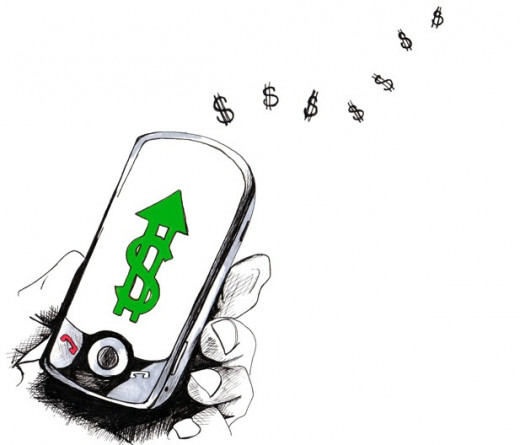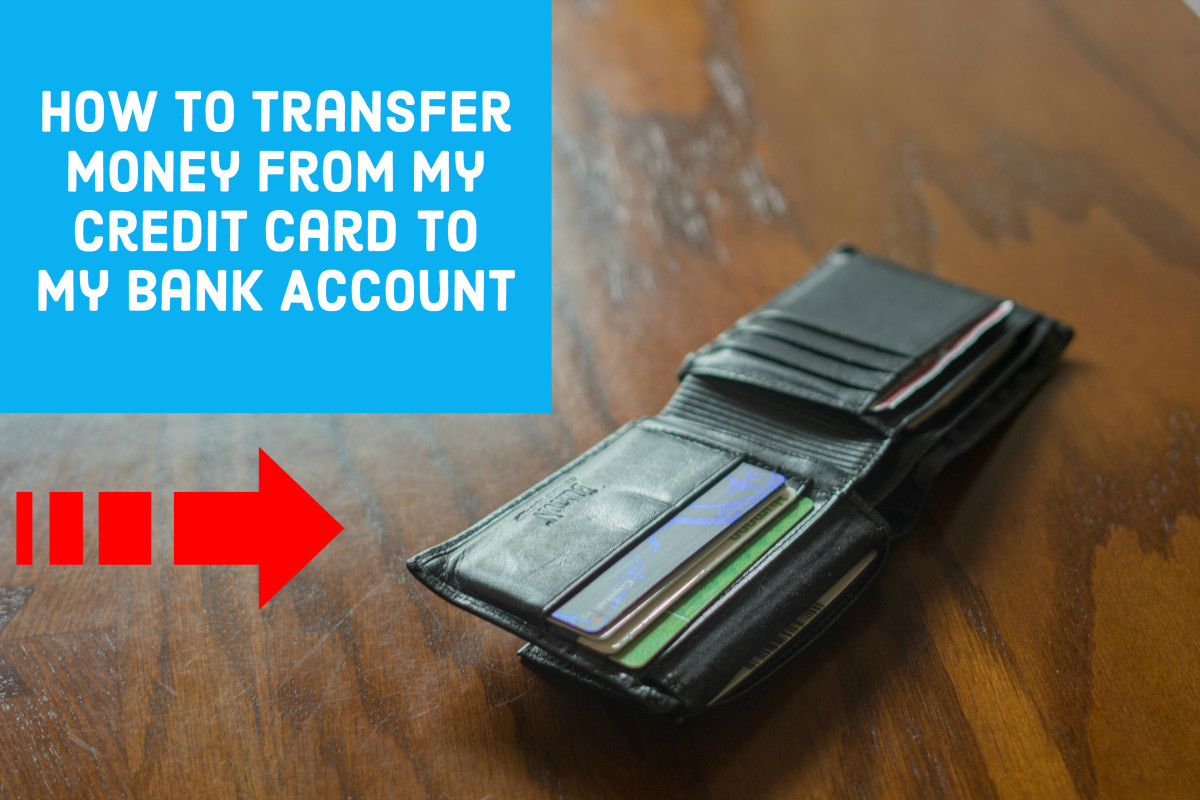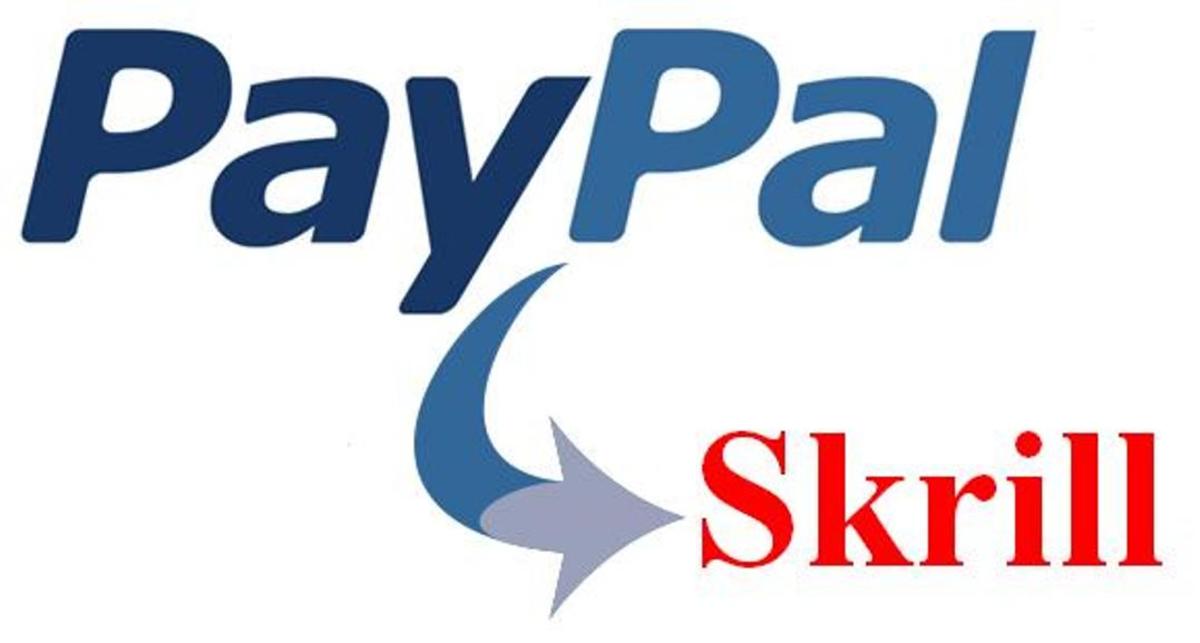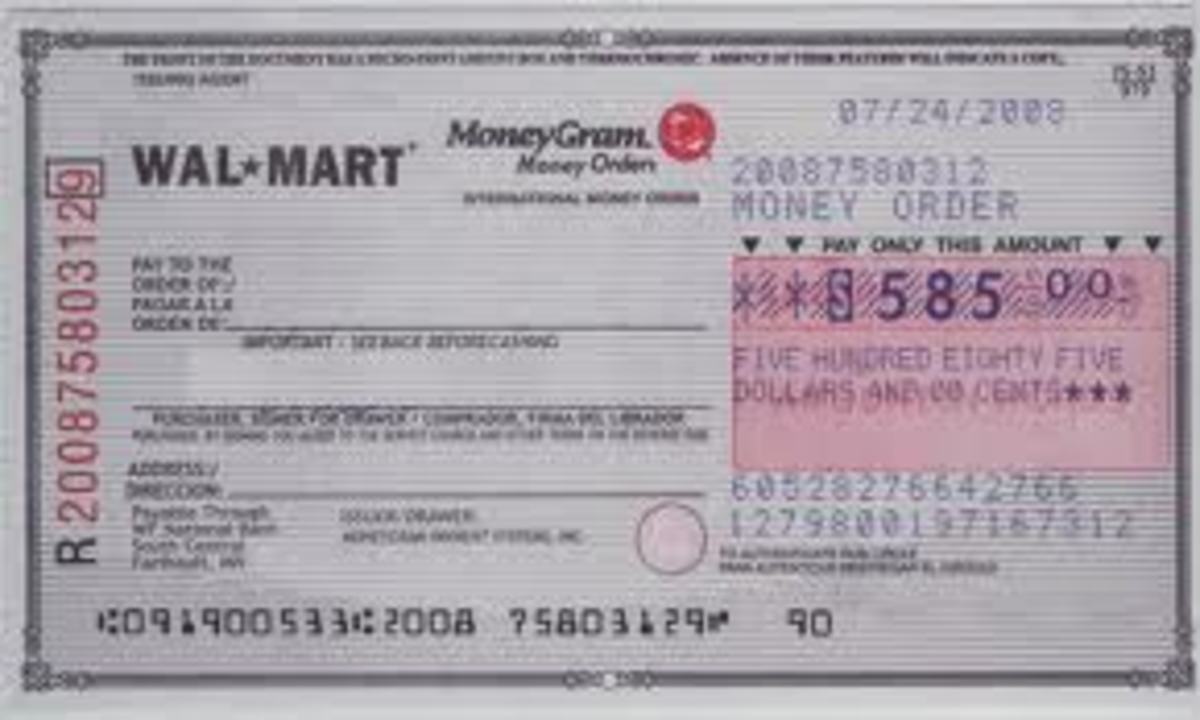How to Transfer Money From an Old Account to a New One

So you’ve opened up a new banking account and want to know what your options are on how to transfer your money from your old bank account into the new. It can be a really simple process if you know what your options are. Here a few ways that this situation can be handled:
Basic Bank to Bank Transfer:
You can physically take out all of your money from your old account, in cash, and take it to your new account and deposit it in. This can be done with national and international banking. Though, this is probably the less desirable of your choices because if you find yourself having to move thousands of dollars in cash to a new account it can be pretty unsafe to do so. Unless of course you want to feel like some high roller with a bag full of dough, then feel free to do so.
Same State Bank to Bank Transfer:
If you have opened up a new account in a different banking institution, within the same state, your new bank may be able to transfer the funds from your old account to your new account with no problem. All you will need is your previous bank’s routing number and account number information and your new bank should be able to take care of the rest.

Different State Bank to Bank Transfer:
If your new banking account is in another state, chances may be that your new bank cannot electronically transfer your old bank account into theirs since they are in different states. If at all possible, before you make your move investigate this situation. If you already know what bank you are going to transfer to, let your current bank know where you’d like your funds sent to before you move. Reason being, if that is the case, you will have to physically go into your old bank or the main branch of it, in order to transfer your funds. Don’t worry, if you don’t have a new banking institution lined up there are still ways to take care of transferring your money to your new account.
Check Transfer:
If you have a checking account with your old account, this is an easy fix to any bank transferring whether your new banking is within the same state or different states. As for moving before you have a new account in place, hold on to your checks from your old account! If you find yourself in the case above where you have already moved to your new state and are unable to go back to the main branch of the state you were living in, you can always whip out a check and make a check for the amount left in your old account and make it to yourself to be placed into your new bank account. The only downside to this form of transfer is that there will be a delay in your new account receiving your funds. If that concern is not an issue then this is a perfect route to take.
Wire Transfer:
In the event that your new bank is unable to electronically extract the money from your previous account you may have to go to your old bank, physically or over the phone, and have them wire your money into your new account. All your old banking institute will need is the wire transfer routing number and the account number of your new account so they know where to send the money. Also, ask your new bank what their wire transfer routing number is. This number can be different from the checking routing number you see imprinted on the lower left corner of your new account’s checks. The only drawback from a wire transfer is that there may be fees attached to it. You may receive a fee from your former banking account for wiring the money as well as a fee from your new account for receiving those funds.
Online Transfers:
If you have access to a computer and the ability to make online transfers of your money either within the same banking institute, same state, different state banking or international banking this option is awesome. It’s a very easy do-it-yourself process. The only information you will need is the banking information (routing & account number) of the bank you are taking money from, its user ID and password information to verify that it is yours. For international banking purposes you will need the branch address and an IBAN (International Bank Account Number) or account number.

Email or Mobile Phone Transfers:
Some larger institutes will offer this option. You can transfer funds from your old checking or savings account to your new account whether it’s in the same or different state. Ask your institute if this can be done internationally. All you will need is a mobile number or email address. But in order for this to work your new account has to already be set up to receive incoming transfers. This can be set up by attaching an email account or mobile number to your new bank account. For email, this is done when you attempt the transfer by email from your old bank. Your new bank will send out an email to the address that you have given them along with a verification link. By clicking the link, you will be able to set up an email transfer account and will then be able to move over any funds you want to transfer from your old account into your new. This may not be the most efficient way since you are about to close your old account anyway but it is an option if you have had your newer account lined up for some time and want to gradually place money in it over time. Or if your institutes have a mobile app, transfers can be completed through the mobile app as well.
Credit Card Advance:
In the credit card world a cash advance can be a big no-no but when transferring money from an old bank account to a new one it can make things go rather smoothly. This can be especially helpful in the situation of a state to state money transfer. During opening your new account you may be asked to move over money from your new account with the use of the debit credit card from your previous bank account. This is a great opportunity to move some if not all of the money you want to transfer over. If you are not yet ready to move all of your funds over into your new account try doing a credit card advance at a later date with the teller. They may not offer this as a way to transfer funds over, as they may not have the special privileges to do so, but make sure to at least ask them if they can. All you would need to do is fill out a Credit Card Cash Advance Direct Deposit form or something similar to that to get things rolling.

Whether you’re moving from one state to another, transferring money internationally or merely changing monies from one account to another within the same institute or institutes in the same state, it can all be done. Done hassle free, in fact, if you know your options. Also, if you do find yourself switching to a new bank account all together, don’t forget to make sure that there won’t be any more transactions coming through to your old account. If you think there might be leave enough to cover those expenses. And if you’re accounts balance is 0 for good, close the account down as soon as possible.








